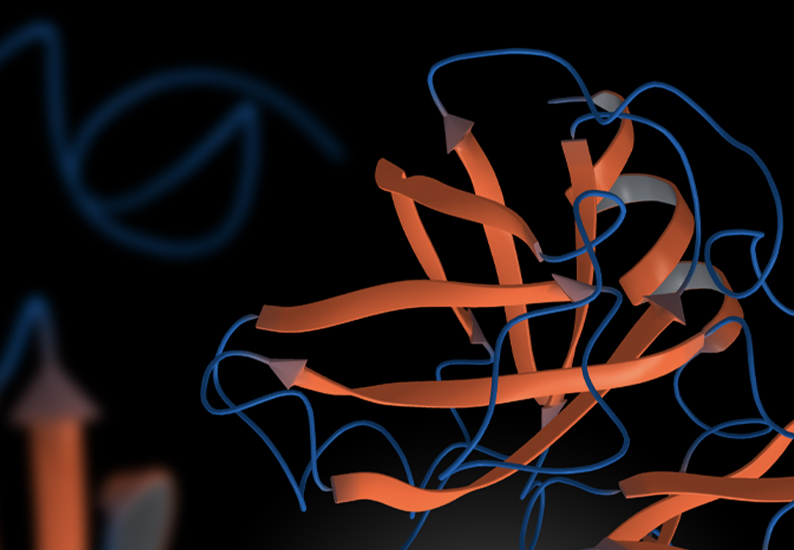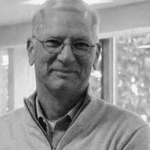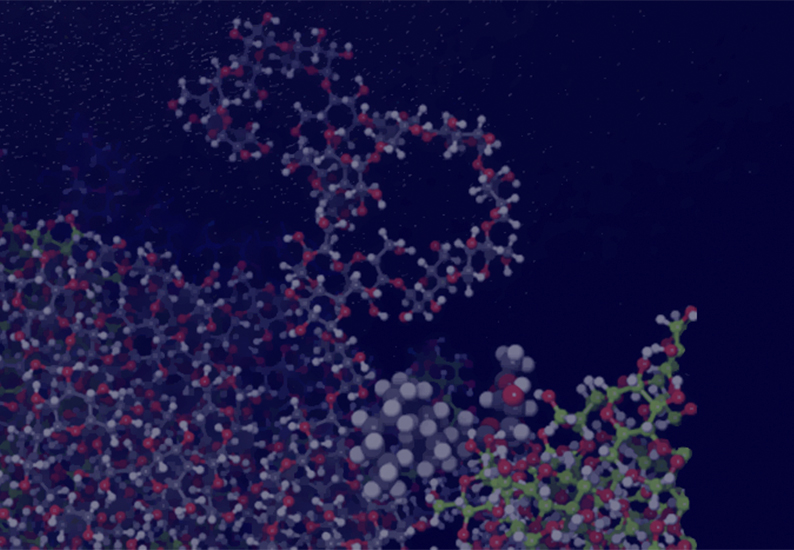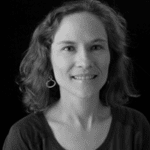
“I don’t know. Try it.”
In my classroom, students hear those words a lot. I believe in giving high school students hands-on experience with real-life, research-grade tools. These tools can be so sophisticated that even after years of teaching computational chemistry, I’m not sure what each application does. So, I encourage my students to experiment. They get to experience the joy of discovery first-hand, and I’m there learning right along with them.
It’s a revolutionary way to teach science – but it shouldn’t be. We need far more programs that put students in the driver’s seat, letting them learn on the very programs that real-world scientists are deploying to discover new therapeutics or break new ground in materials design.
Unfortunately, that’s easier said than done. The tools typically used in schools today often water down the science or give students limited options for application. There is no room for experimentation, trial-and-error, or even failure, a hallmark of science.
I’m quite fortunate that I have had access to Schrödinger software for my students at the North Carolina School of Science and Mathematics, which serves kids across the state and offers the largest high-school computational science program in the country. With Schrödinger software, my students are doing work in computational quantum chemistry, bioinformatics, medicinal chemistry, materials science, and nanotechnology. In all of these examples, I am fortunate to be in an institution that allows for the creation of full-semester courses in these topics. But I also work with teachers internal and external to my school to integrate these tools into existing courses. In most cases, these integrations are “instead of” and not “in addition to” activities. For example, my students use Schrodinger’s PyMOL and BioLuminate tools to do basic studies in protein structure, including using applications like Protein Preparation. In doing so, they can readily see not only basic structural aspects but also understand what problems there are in the published structures, such as a missing side chain in a published protein structure.
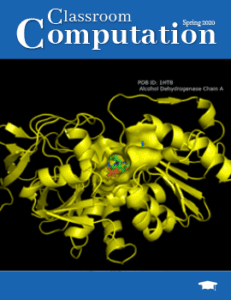 In fact, I recently ran a PyMOL full-day workshop where I had my students design their own version of a cover for Science Magazine using the PyMOL image that they generated during the workshop. It was a hit – the students absolutely loved it as well as the creative element. We had a really great day making the covers. It’s so important for science to be both fun and engaging for students.
In fact, I recently ran a PyMOL full-day workshop where I had my students design their own version of a cover for Science Magazine using the PyMOL image that they generated during the workshop. It was a hit – the students absolutely loved it as well as the creative element. We had a really great day making the covers. It’s so important for science to be both fun and engaging for students.
While we’ve seen greater use of computers in education every year, computational science has historically been slower to integrate into the classroom. Interestingly, the pandemic may have reversed that trend.
With remote learning, science teachers suddenly needed to find ways to replace traditional, physical labs with simulations. And I see many of my colleagues and students embracing it. For example, many of our summer research students moved their projects from experimental to computational. Their respective faculty mentors (chemistry, physics, biology) moved with them, some of them willingly, and some kicking and screaming. Either way, the shift was undeniable.
However, there still exist some clear hurdles for bringing research-grade tools to the high school science classroom.
One issue is that many teachers fear the unknown. They do not want to introduce these tools to their students until they are positive that they know what every button and menu item does.
My best advice for science educators? Talk to those of us who have been doing this for a long time, borrow heavily, and, above all, don’t wait until you think you can do every single thing and answer every single question. You’ll never ever get there. And that’s OK – it’s part of what makes science fun.
 The other challenge is less of a mindset shift, unfortunately, and more a matter of resources. I am lucky to be able to offer my students a variety of tools because my school administration is very supportive and is funded in part through the state university system. Most teachers are not as fortunate. Research-grade computing tools come at a high cost, so pricing models need to be more realistic for schools.
The other challenge is less of a mindset shift, unfortunately, and more a matter of resources. I am lucky to be able to offer my students a variety of tools because my school administration is very supportive and is funded in part through the state university system. Most teachers are not as fortunate. Research-grade computing tools come at a high cost, so pricing models need to be more realistic for schools.
The final component needed, on a broader level, is to convince policymakers and scientific organizations such as AAAS and ACS to do more to get scientific computing into the U.S. curriculum. If it’s not tested, it’s not taught. State end-of-grade tests, AP exams, and other high-stakes tests typically do not include science that is not “traditional” experimental science. Students and teachers need to understand that learning how to run a computational chemistry job is just as important, perhaps more so, as learning how to titrate an acid.
Schrödinger’s software helps move that vision forward part of the way, but there is still a long road ahead to make computational science programs accessible and a reality for our next generation of scientists.
